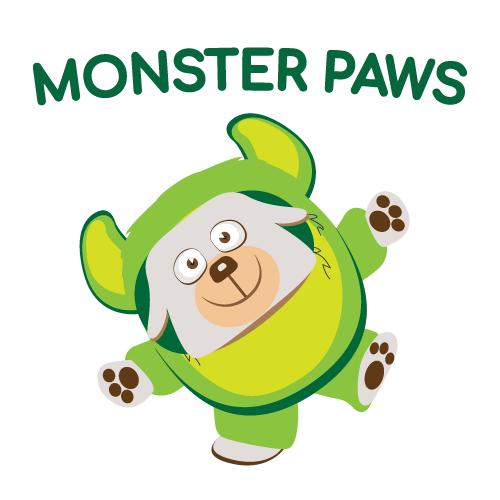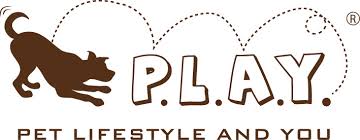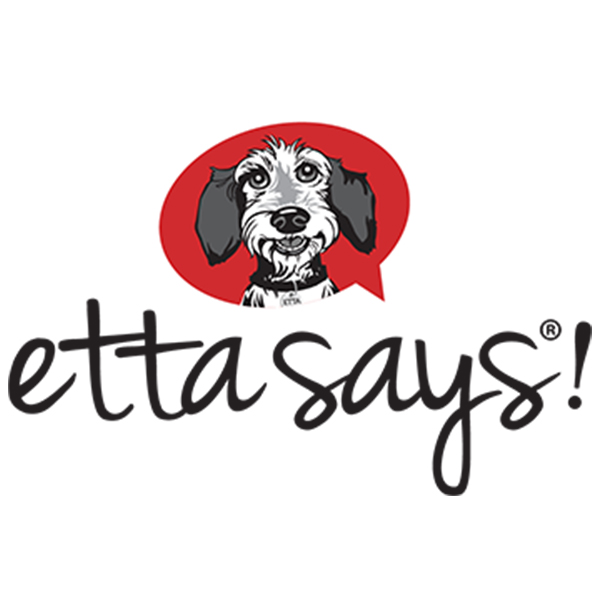5 Tips for Better Loose Leash Walking
Stephanie Wan Editorial Date:Some dogs always seem to be in a rush to get where they’re going and pull and pull on the leash. One of the most common skills pawrents want to teach their dogs is loose leash walking! A dog with good leash skills makes walks much more comfortable for the dog and their humans. Here are 5 tips to improve your dog’s loose leash walking!
1. Make staying beside you highly rewarding

The first step in loose leash walking is for your dog to love staying beside you! To accomplish this, make it highly rewarding. You don’t even need a leash for this step. Put some of your pup’s favourite treats inside your treat pouch and reward your pup next to you. You can try the 1-2-3 Pattern Game developed by dog trainer and Certified Dog Behavior Consultant Leslie McDevitt. As you walk, count “1, 2, 3” out loud. When you get to “3” deliver a treat to your dog. At first bring the treat directly to your dog’s mouth. Once they understand that the treat appears when you get to “3”, start placing the treat closer to your leg at your dog’s level. This will get them used to staying close to you! This game creates a predictable pattern for your dog, making it easier for them to understand what to expect.
2. Practice in a low distraction environment

There are so many interesting things to see and smell outside that sometimes it’s hard for our dogs to focus and learn how to walk beside us. When practicing loose leash walking, start in a low distraction environment such as inside your house or in the hallway of your building. This makes it easier for our dogs to learn what we want them to do and sets them up for success!
Once you are ready to go outside, make sure your dog has a comfortable harness such as the Ruffwear Front Range Harness. This harness has a front and back clip, allowing you to attach your leash to both clips to give you better control. You can use two leashes, or a multi-function leash.
3. Meet your dog’s other needs before practicing loose leash walking

We all know how much dogs love going on walks! Now imagine they are stuck inside all day with nothing to do, and when they finally get to go on a walk they can only walk slowly on a short leash. That must be so frustrating! Give your dog time to sniff and explore first and you will find it much easier to ask them to walk nicely next to you. In the beginning this may mean letting them pull at the start of the walk, and only practice loose leash walking on the way home after they’ve had a chance to get their energy out. Once they become better at loose leash walking, you can slowly add the behaviour to the beginning of the walk as well.
You can also play with your dog before their walk to meet their needs, using puzzle games, tug toys, or other activities they enjoy.
4. Prevent your dog from practicing the pulling behaviour

This seems like a silly request, since the whole reason why we want to teach loose leash walking is to prevent the pulling! However since we don’t want our dogs to learn that pulling on the leash results in the thing they want, there are certain steps we can take to prevent pulling behaviour while training loose leash walking. For example if you know your dog will pull in order to go say hi to their favourite person, if it is safe to do so release your dog to go say hi before they begin pulling on the leash. This way the behaviour that occurs right before the event that they want is a loose leash. Similarly if you know your dog will pull on the leash when they see another dog, take them off to one side and distract them with treats. You can also skip the neighbourhood walk entirely and go to a quiet hiking trail. Use a long line that can be 15, 20, or even 30 feet long so that it won’t even be possible for your dog to pull on the leash!
5. Be patient

Loose leash walking may seem like a simple request, but it is actually a difficult skill for our furry friends to learn! Be patient, and have realistic expectations. The most important thing is to enjoy your time together! Happy walking!




























